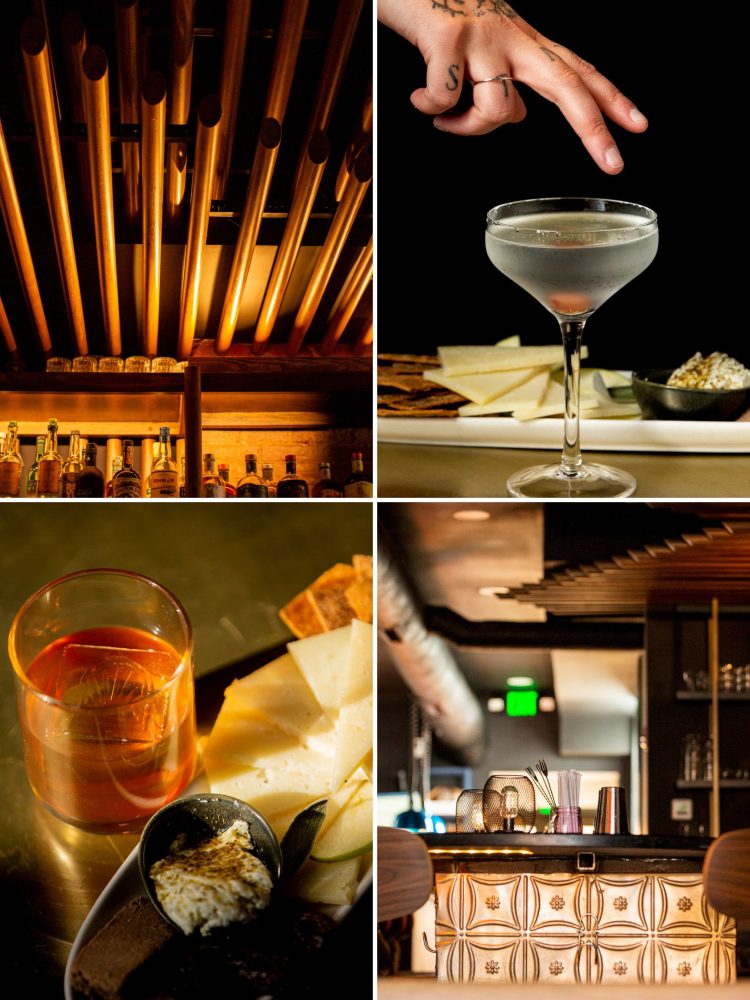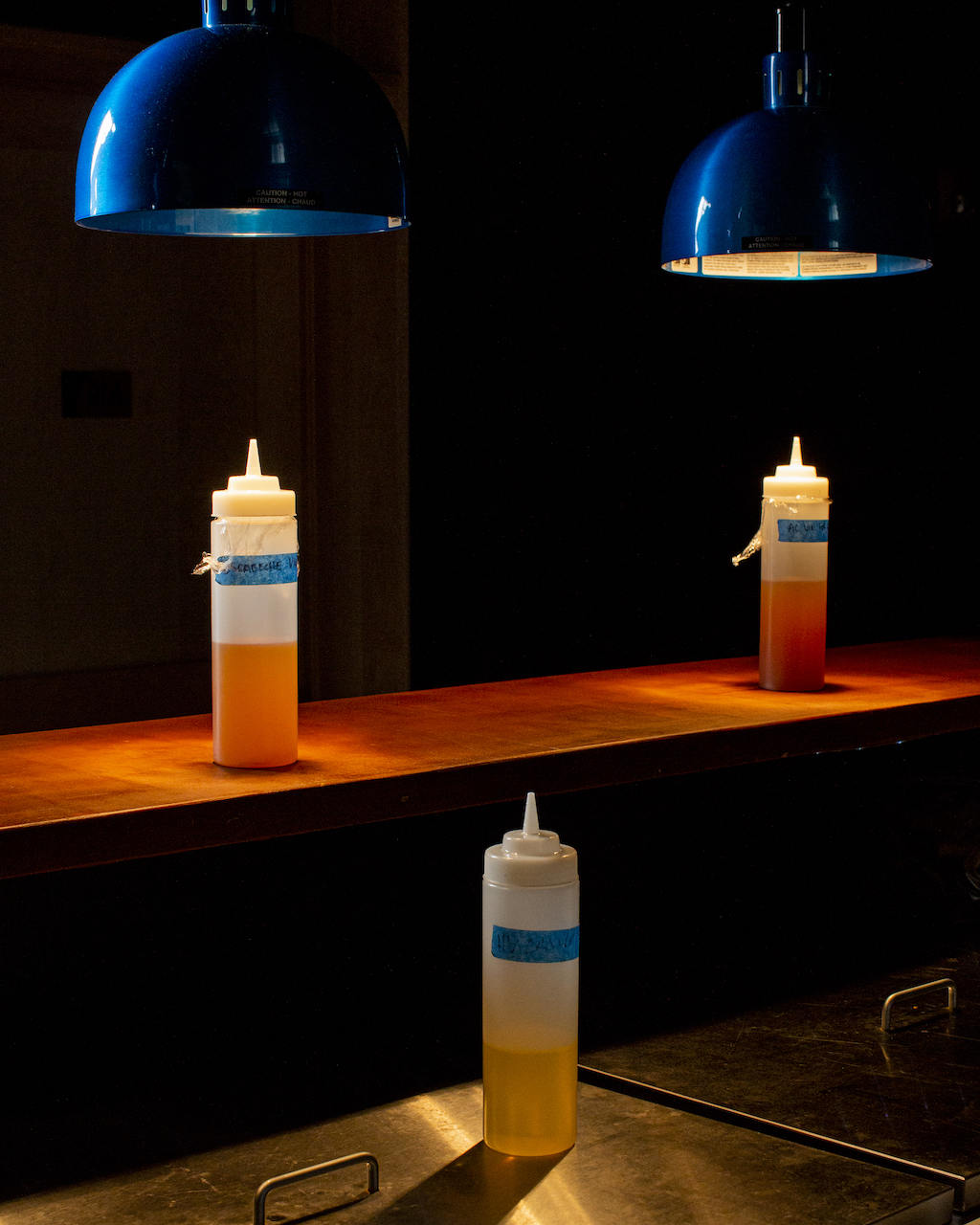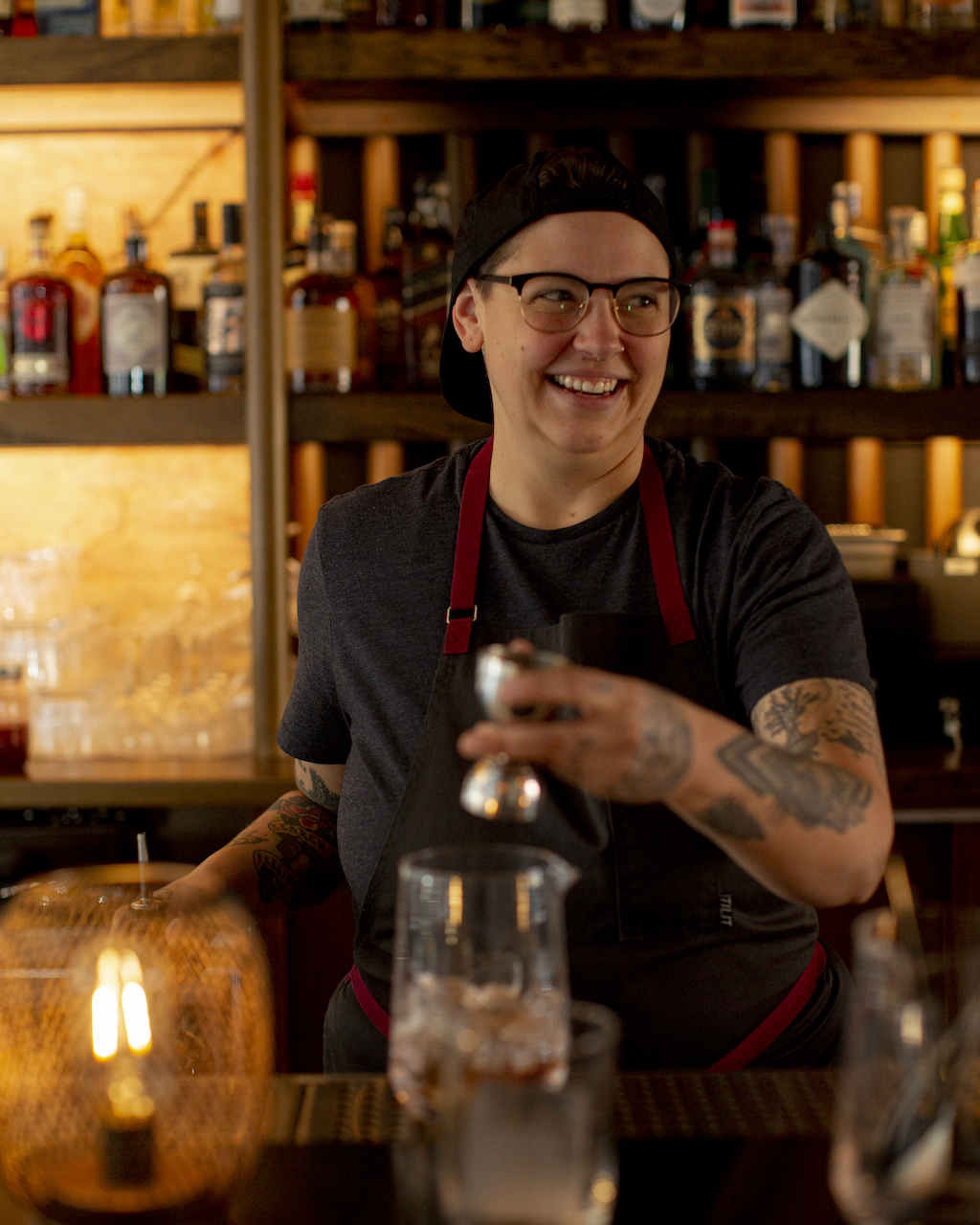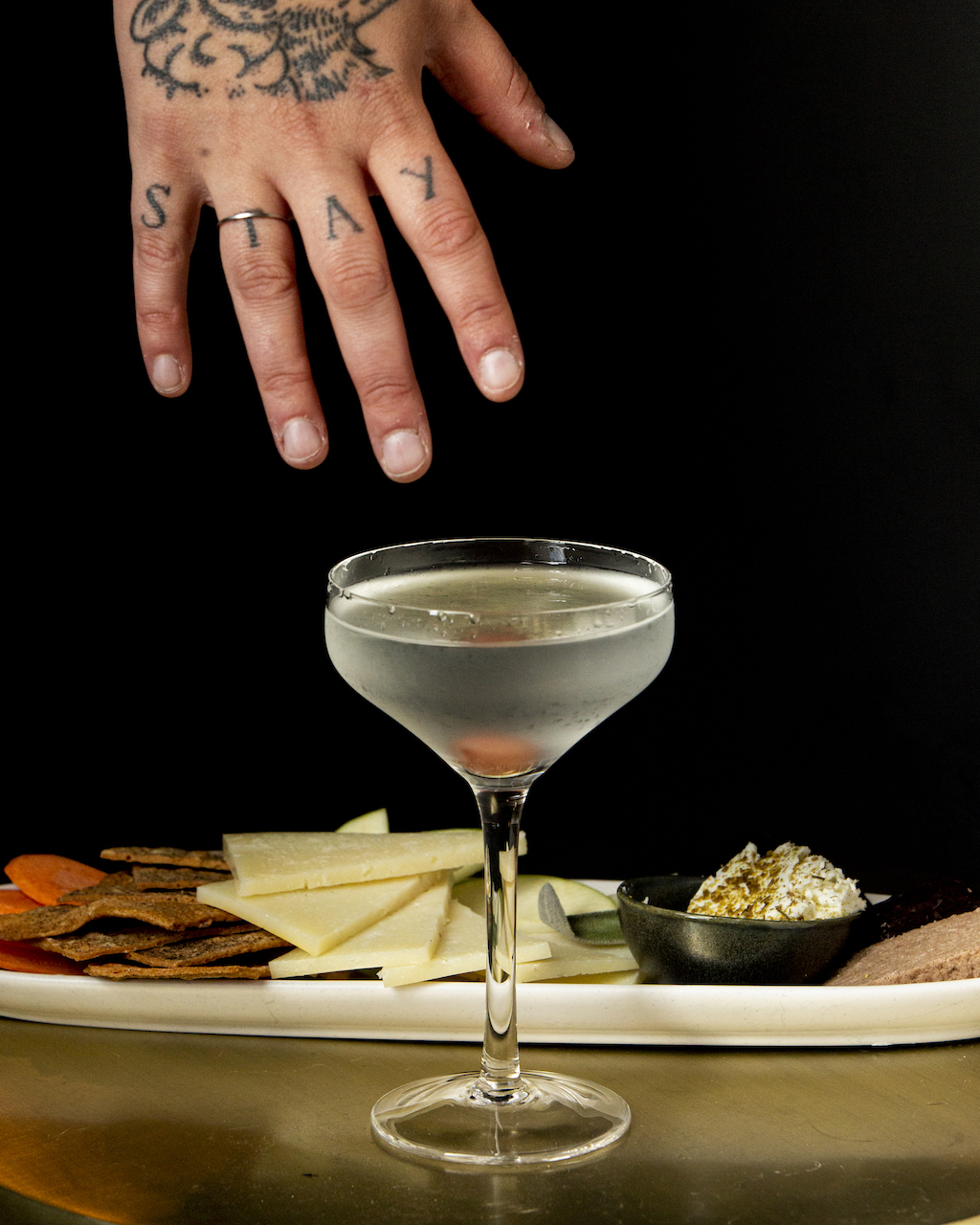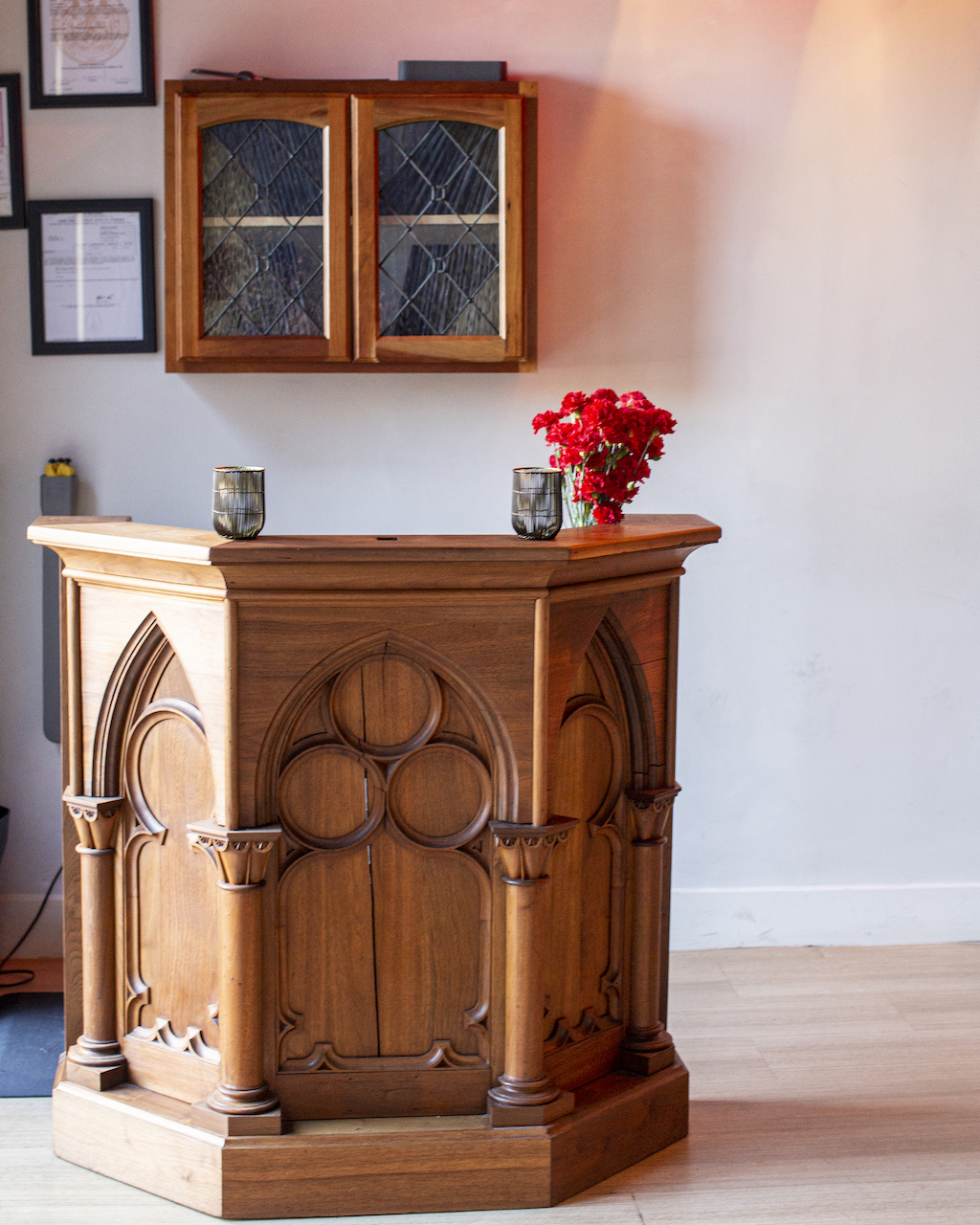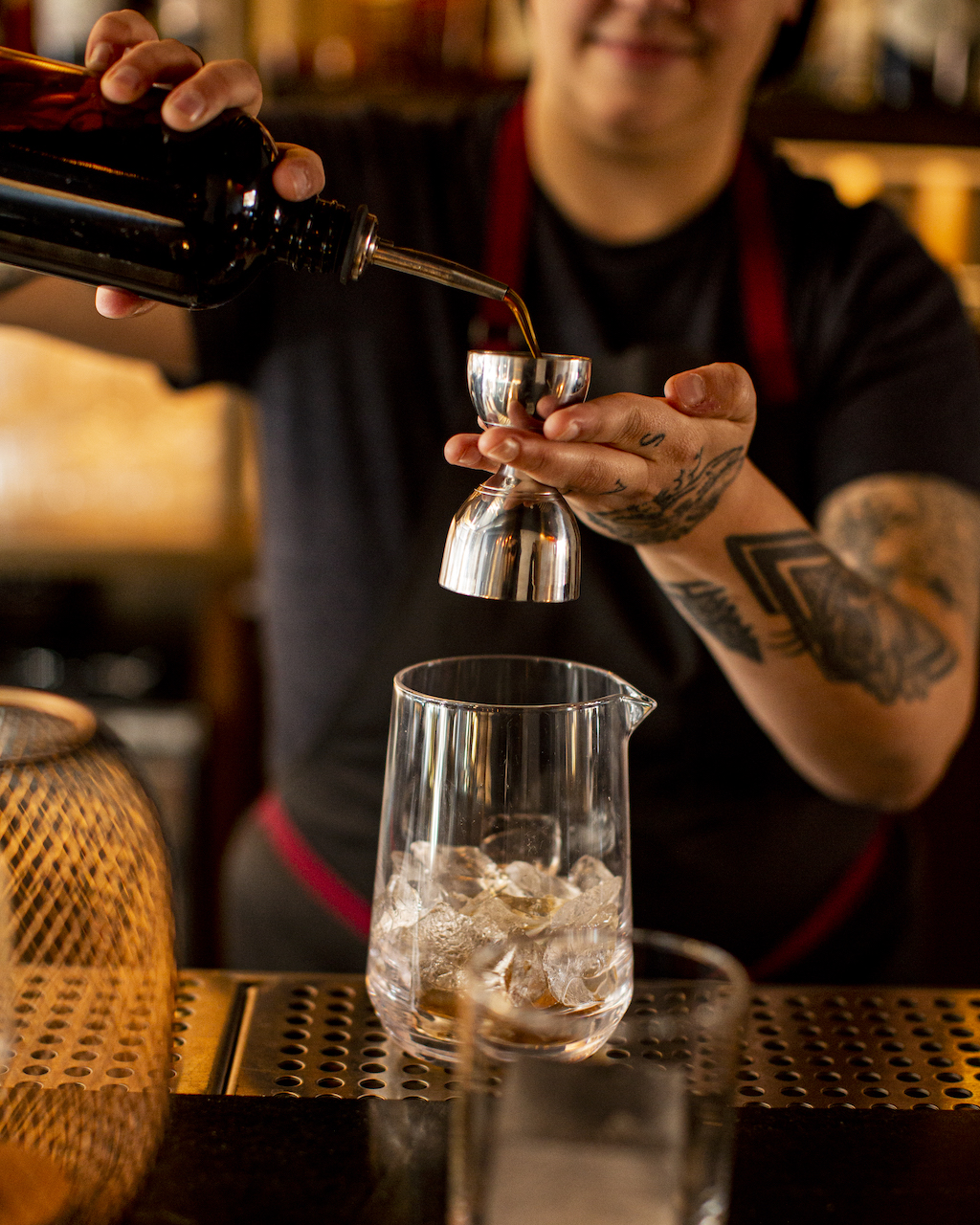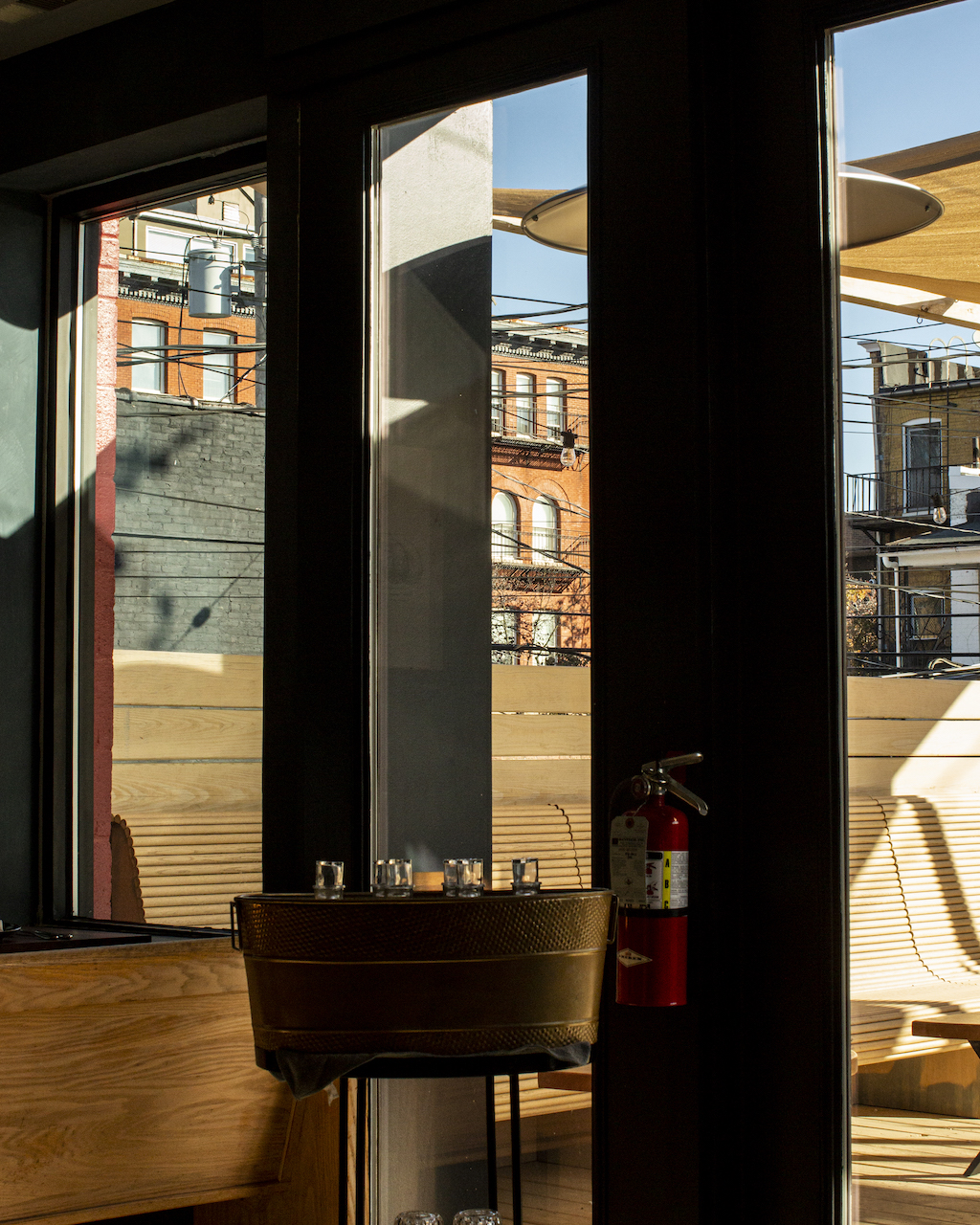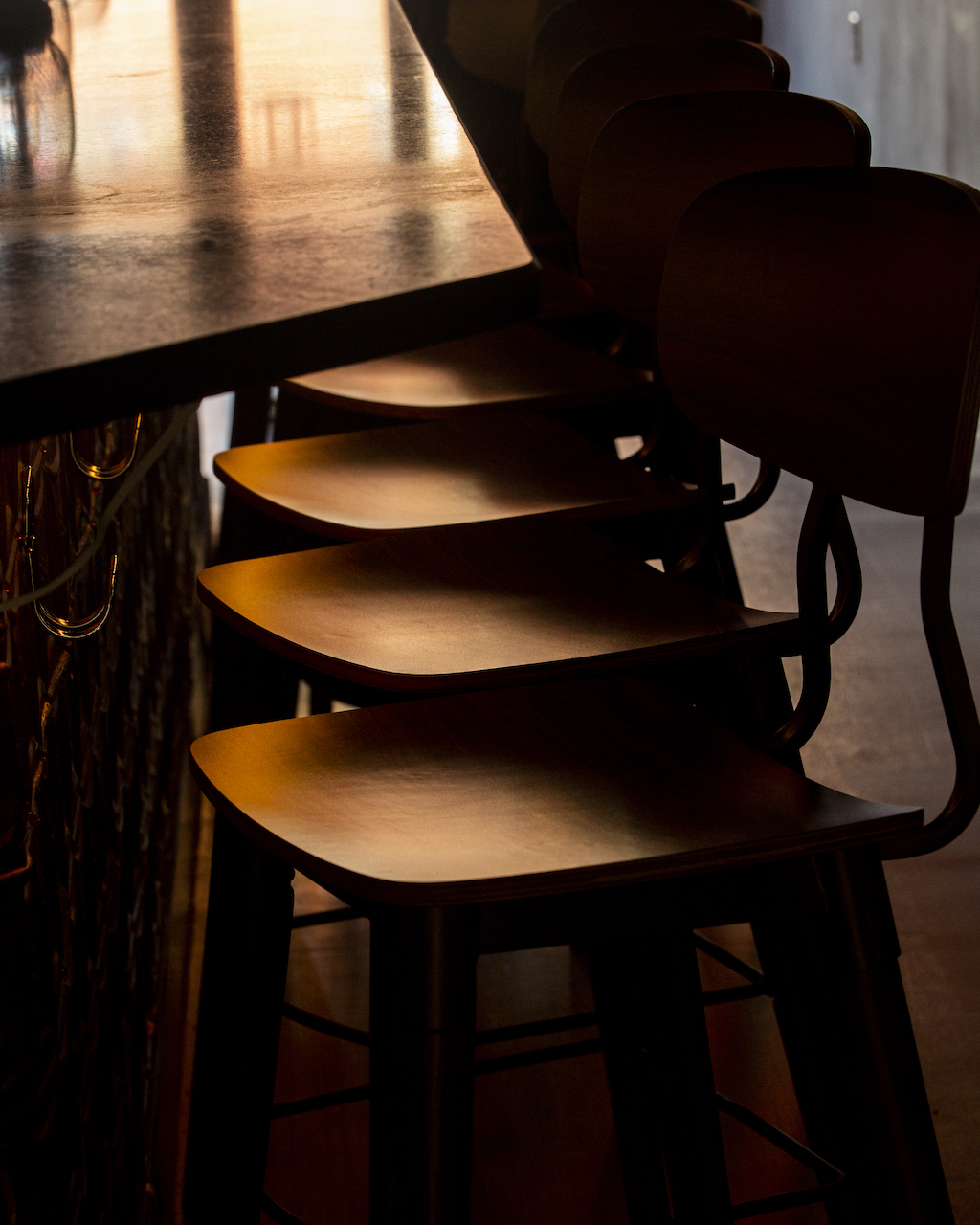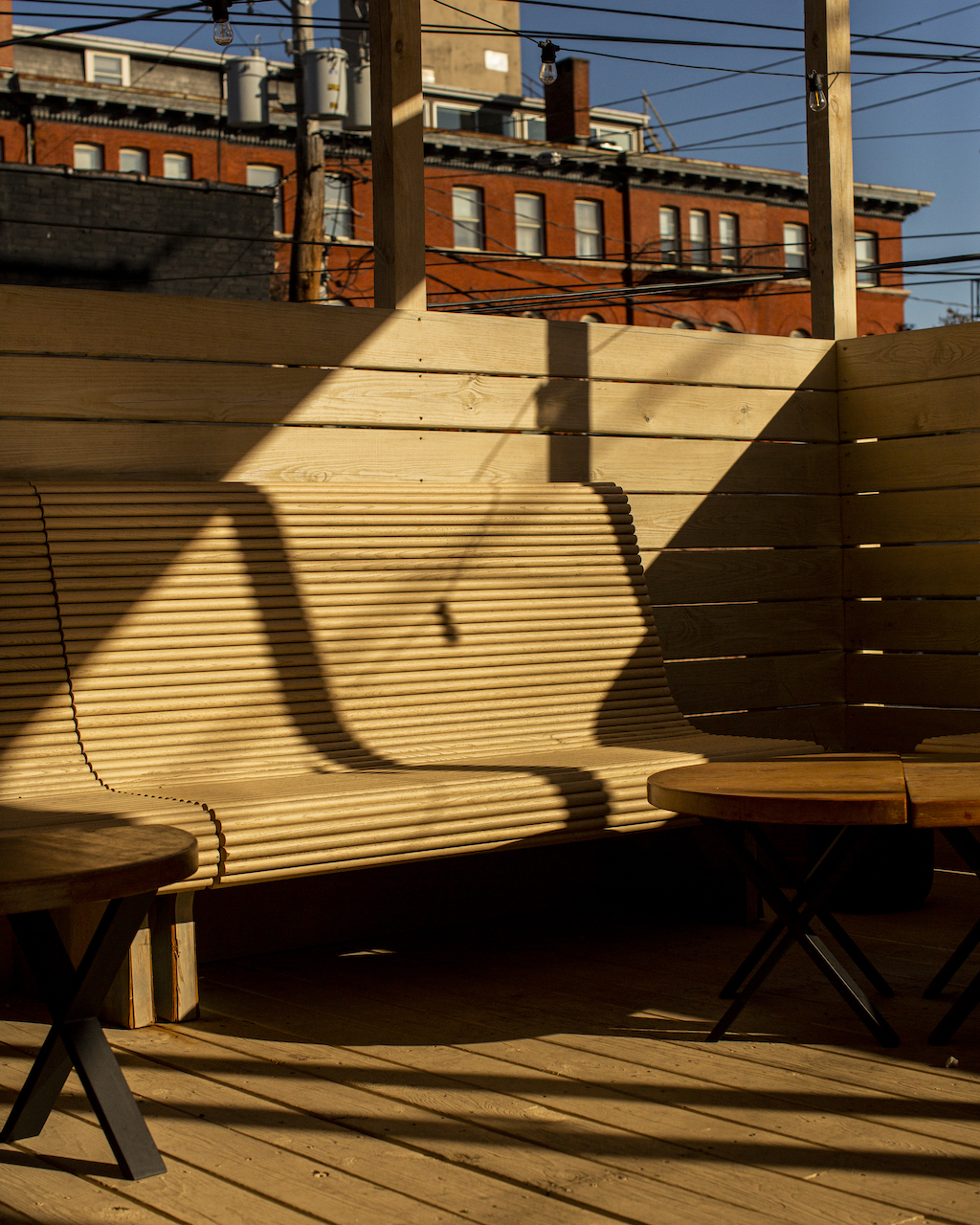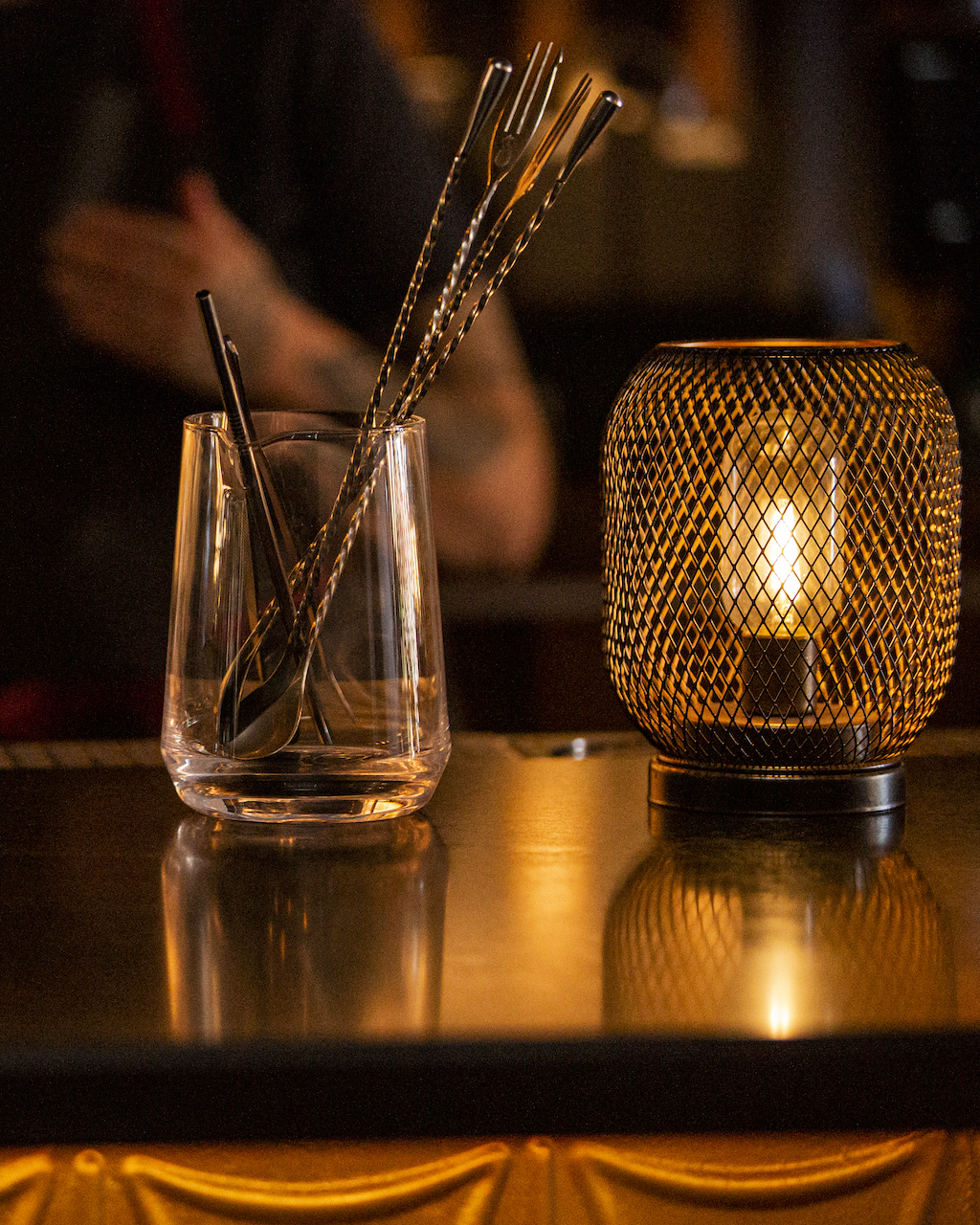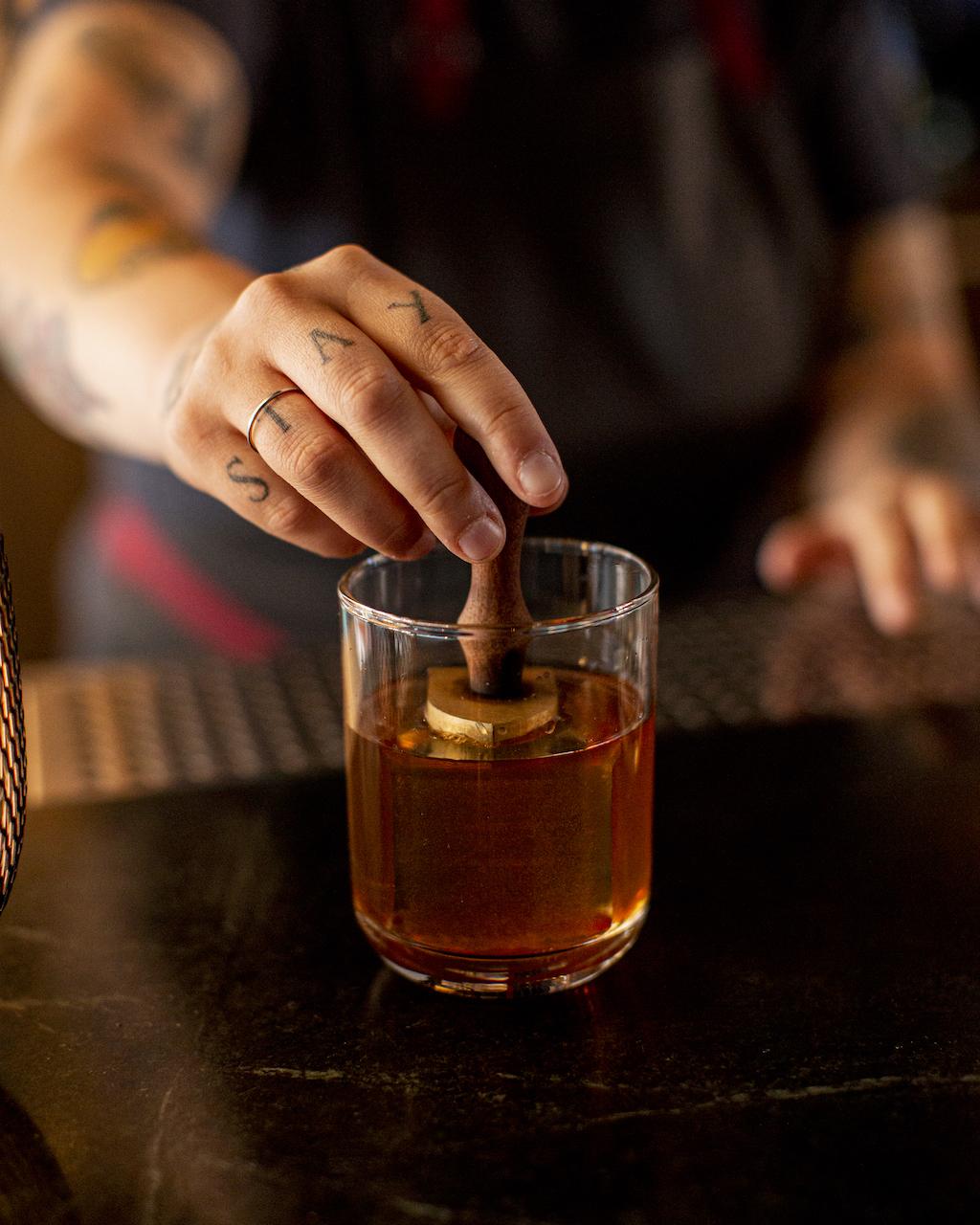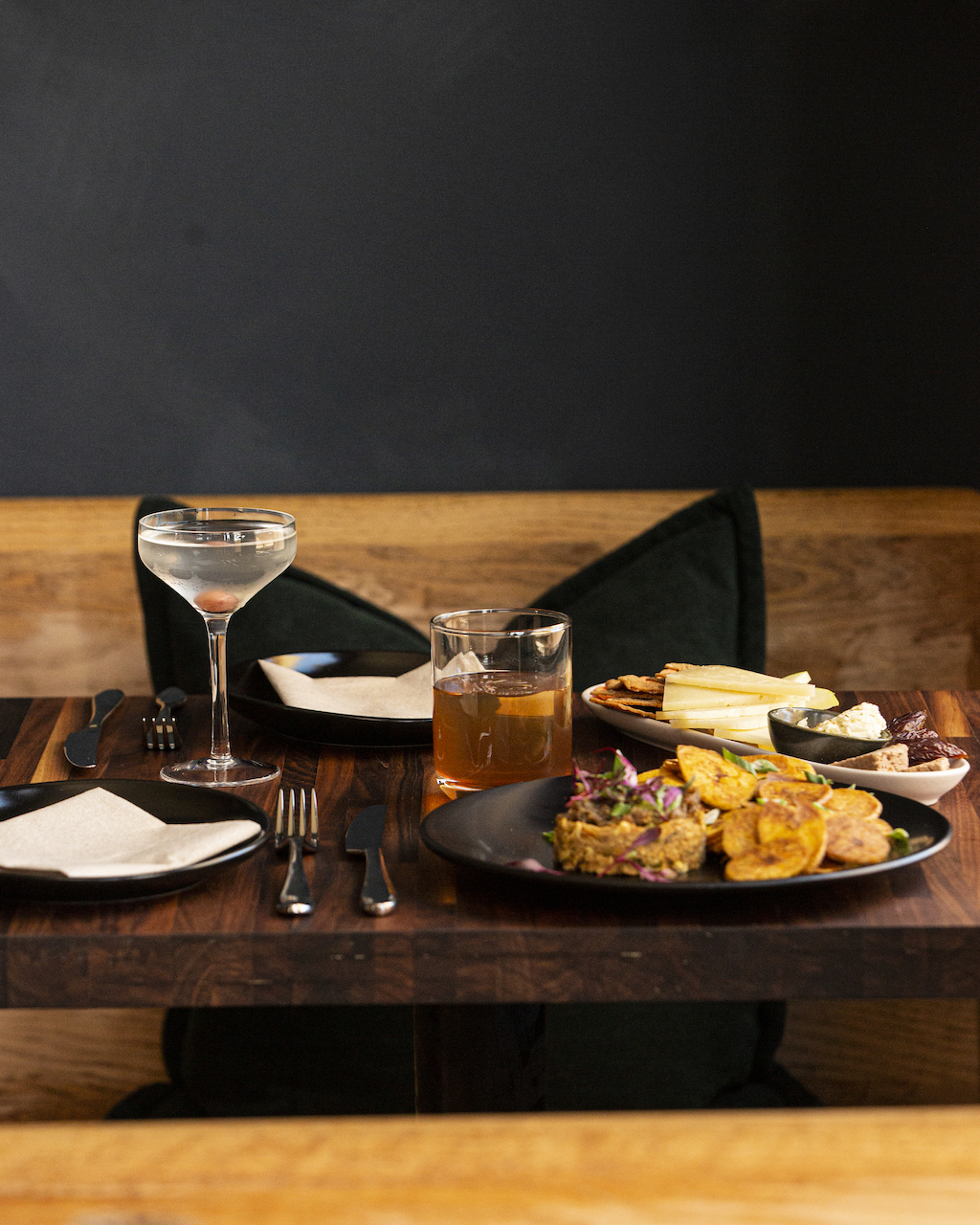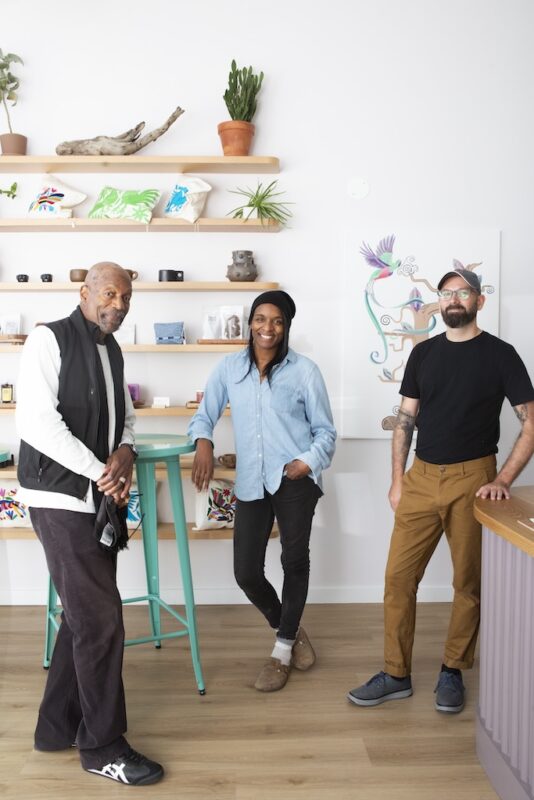The charming colloquial phrase “bottoms up” has a dual meaning at Church, Old Goucher’s newest cocktail bar and restaurant. Church, which opened this October after much anticipation, is challenging the hospitality industry to think from the bottom up. Owner Chelsea Gregoire, a Baltimore native and award-winning bartender, wants Church to be a place of community where power is truly with the people.
To achieve this, Gregoire implemented a bottom up management style that asks employees to be valued stakeholders in the decision-making process of the nascent restaurant. “Hospitality has always shut people up when they advocate for themselves, and if nothing else, even if I fail.. they will still have learned how to advocate for themselves,” Gregoire says of the staff of Church.
Church pivots away from the pernicious power dynamics of traditional top-down hierarchy in kitchens and restaurants toward a model that resembles cooperation, compassion, and heart. Gregoire says they don’t use the phrases “front” or “back of house” and when they hired their team everyone started at the same wage with no specific role or responsibility.
Leadership roles formed naturally and those promoted helped write their job descriptions and budgeted for their role. Tips are pooled and split evenly among workers based on hours worked. “You can’t make systemic change overnight,” Gregoire says of famed NYC restaurateur Danny Meyer’s failed attempt to implement a tipless system. Where Meyer’s failed, Gregoire conjectures, is by not asking the workers their opinion on the monumental effort.


